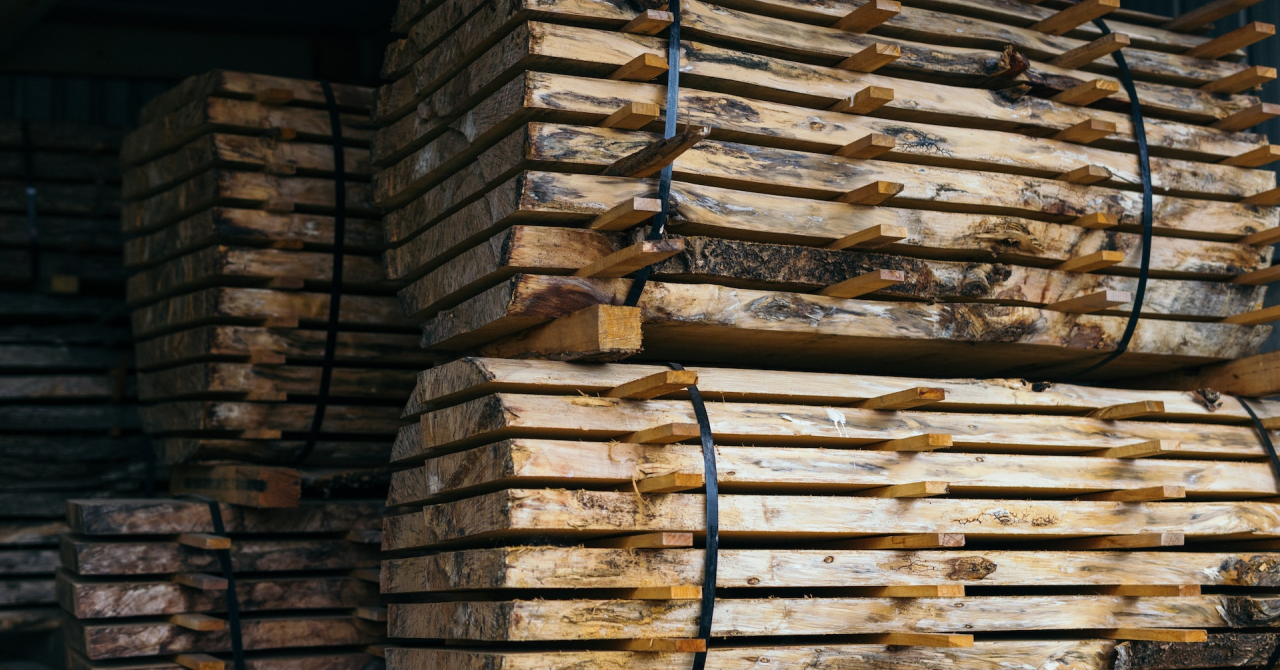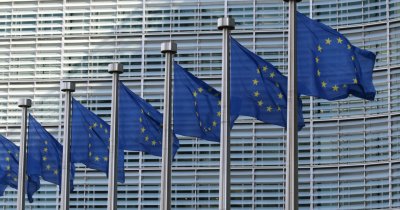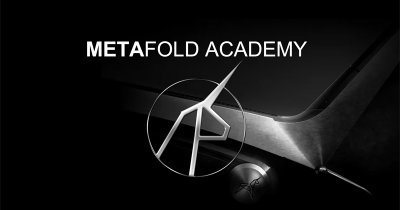As per Fortune, Bill Gates emphasized that "carbon removal is not an excuse to keep emitting, or to slow down our transition to a clean energy economy — we need to keep innovating as fast as we can. But it’s become clear that carbon removal will be a necessary tool to have in our toolkit."
As plants and trees grow, they capture carbon emissions, storing it inside their structures, but once they die, the carbon goes back into the atmosphere following decomposition. To prevent this, Graphyte Carbon Removal takes biomass waste, such as fallen trees, sterilizes it to stop decomposition, and then it compresses it into carbon blocks, which are being stored underground in a special site.
Graphyte plans to purchase biomass waste from local sources in order to prevent emissions from being further released in the atmosphere and then the captured carbon emissions can be converted into credits, which will be sold to corporate customers. Microsoft and Shopify are two of the potential customers, who pledged to support carbon-removal initiatives that prove can help the world get rid of the excess carbon in our atmosphere.
Graphyte officials also stated that the company's carbon capture technology is currently being offered at 100 USD per ton, far more value than what current direct air carbon capture technologies can offer. One of the reasons for being cheaper is that the cost of energy for this process is one tenth of that required by DAC technologies and the carbon blocks are expected to last underground for about 1.000 years.
Graphyte is currently building its first commercial site in Pine Bluff, Arkansas, which will be located near timber and rice mills, two of the company's main biomass waste source that will be used to build the carbon blocks.
The first carbon blocks could be produced by January, 2024, as the company plans to capture 5.000 tons of CO2 emissions by the end of this year and scale all the way to 50.000 by July of the next.
 Mihai - Cristian Ioniță
Mihai - Cristian Ioniță












Any thoughts?